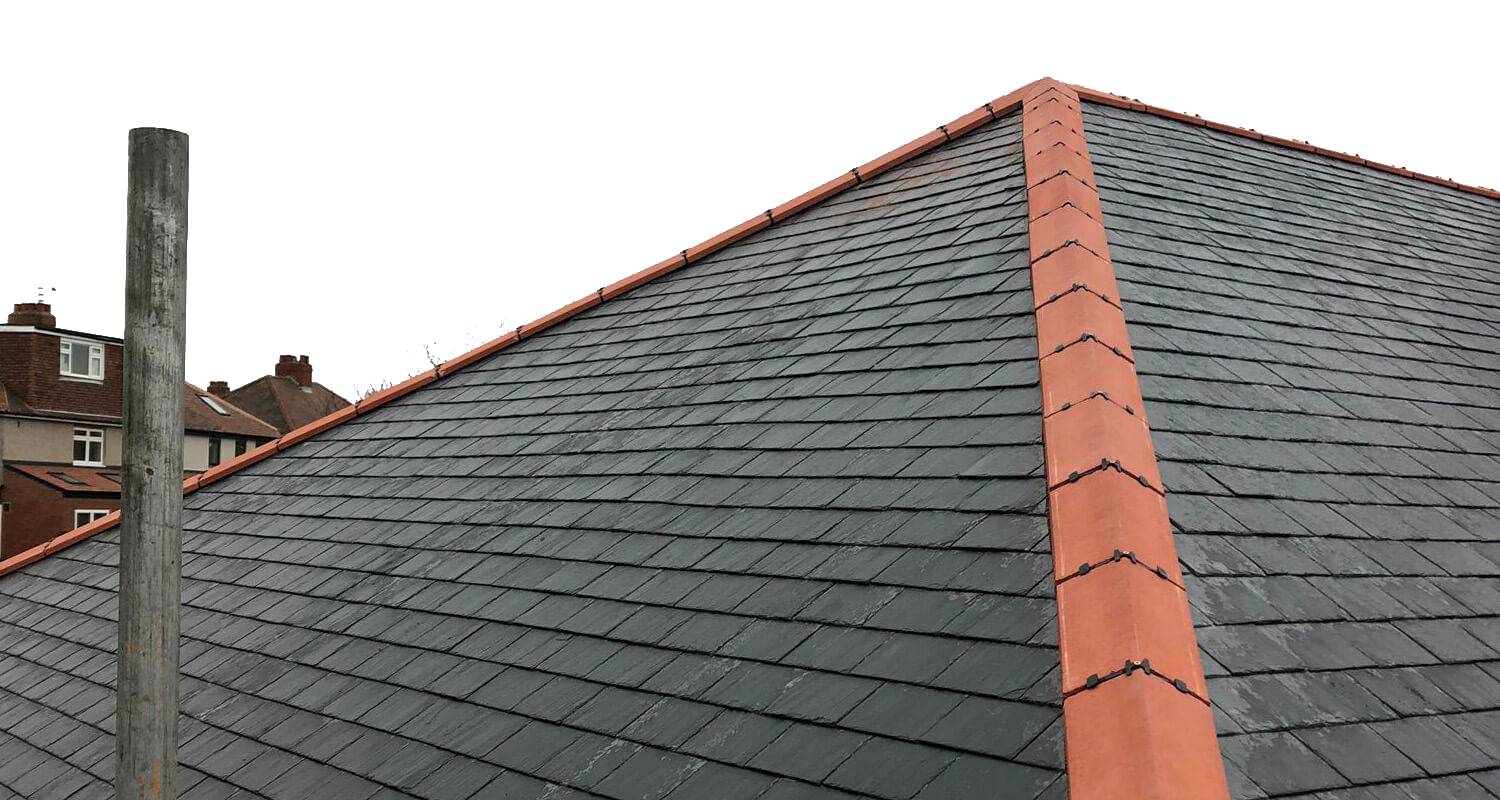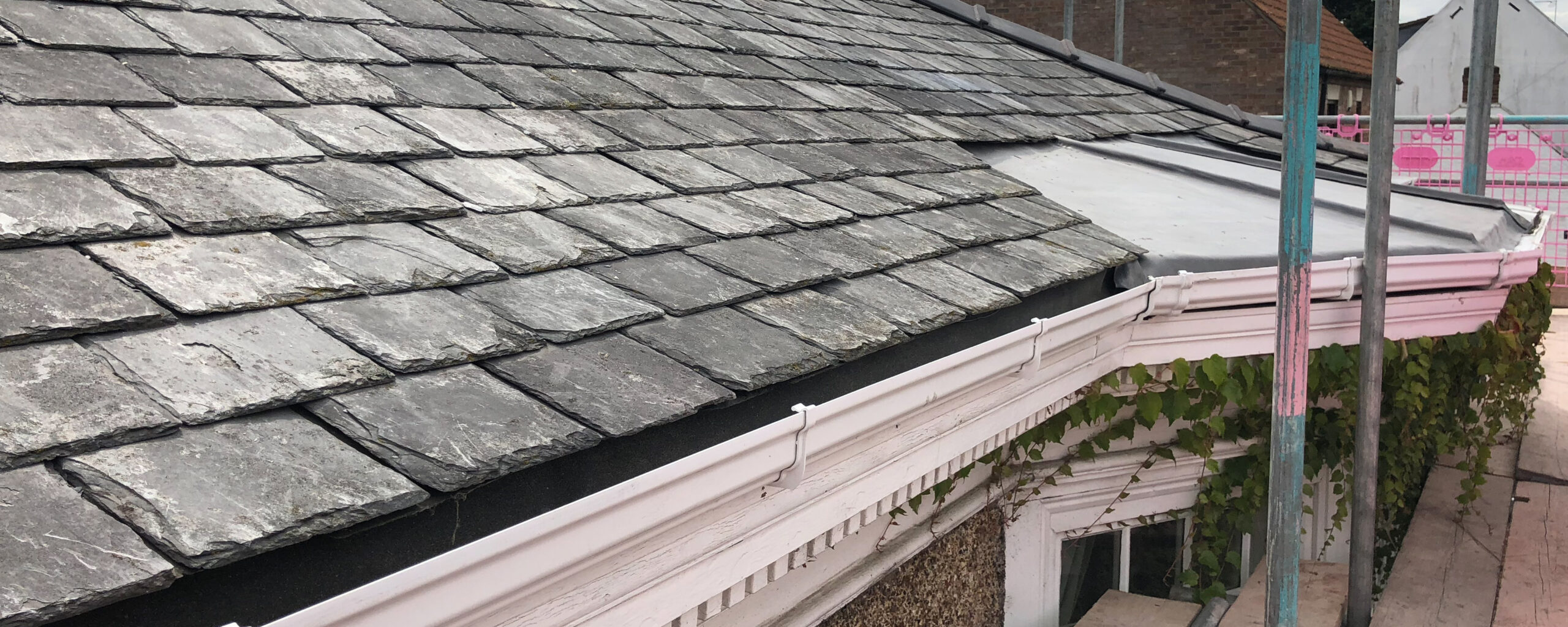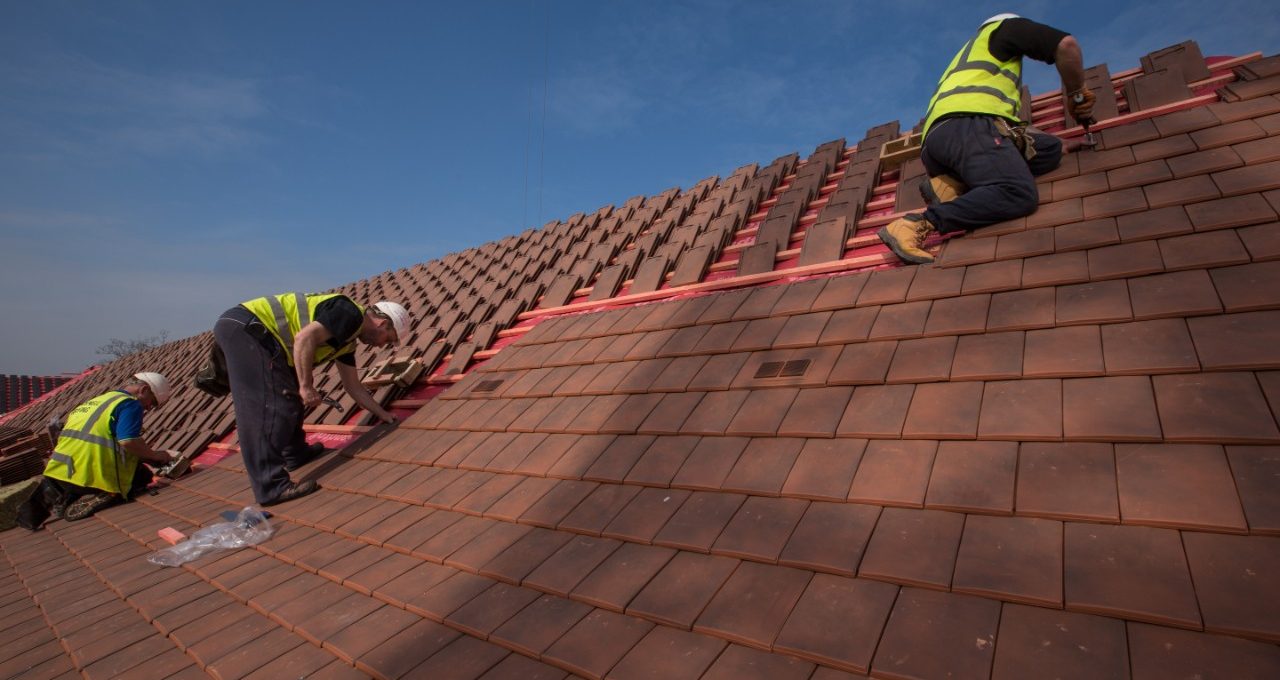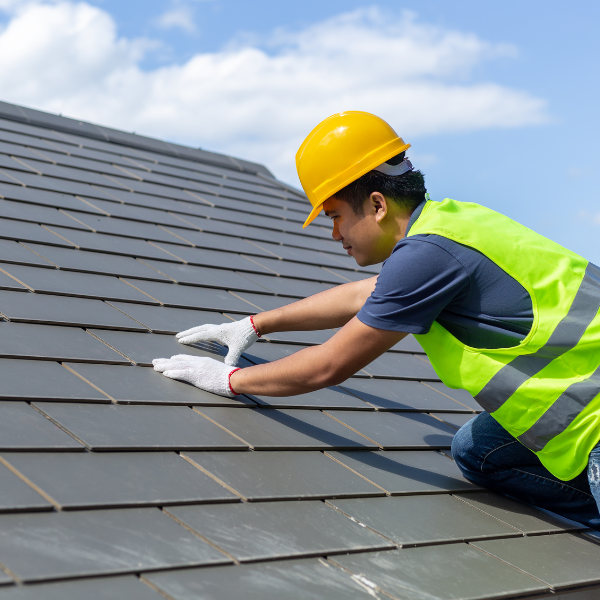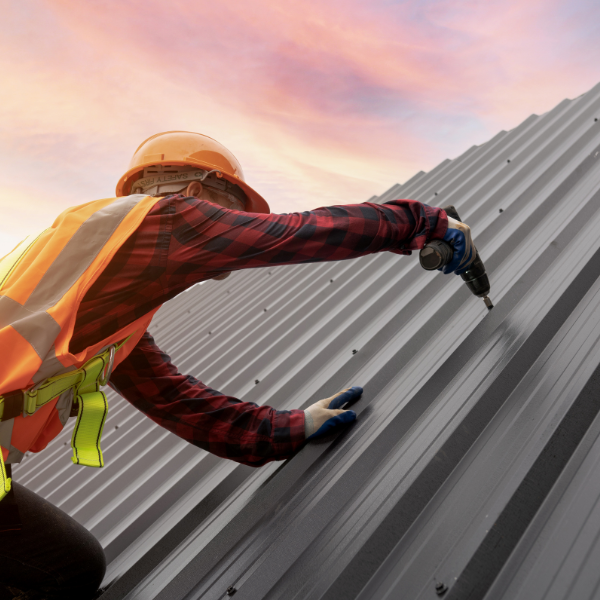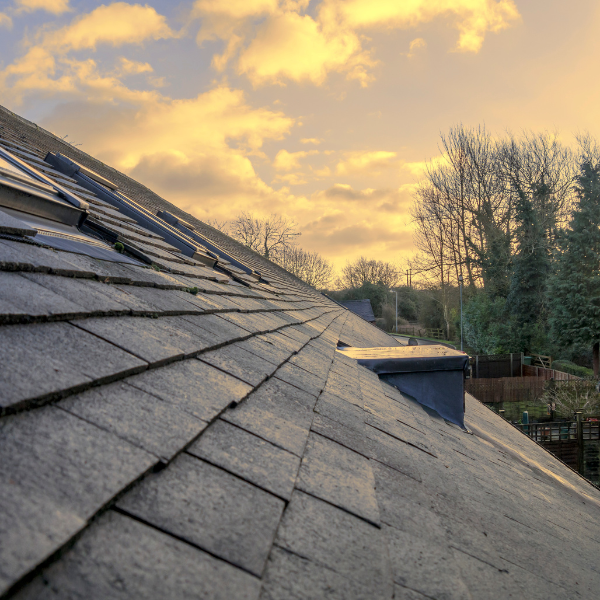Mansfield Roofers – Roofers Mansfield – Roofers in Mansfield
We are Mansfield Roofers
We are Mansfield Roofers, a local roofing company in Mansfield, Nottinghamshire. We have been in business for over 10 years and have worked on countless roofs in the area. We take pride in our work and are passionate about providing the best possible service to our customers.



